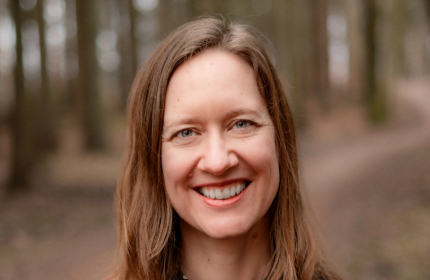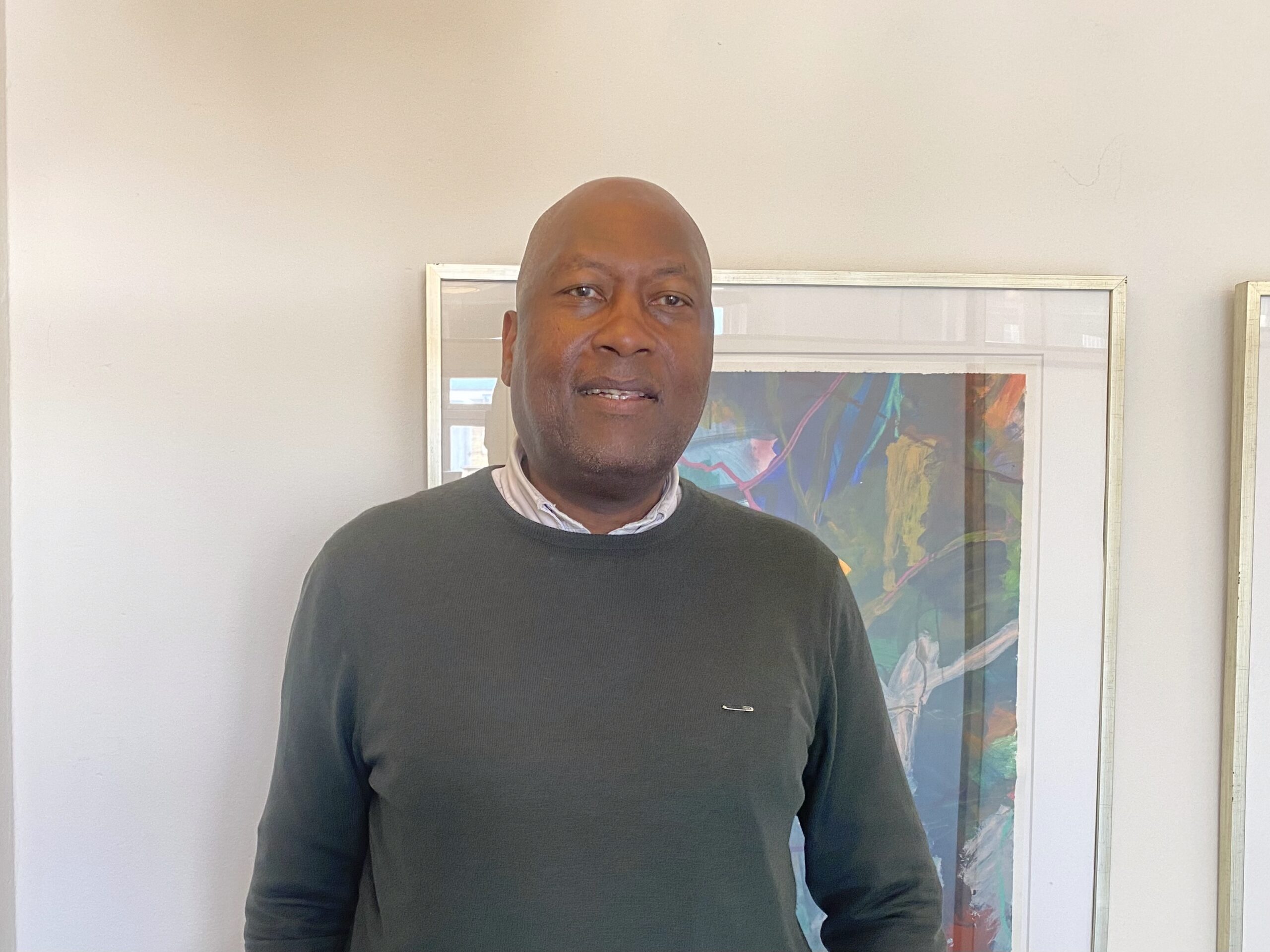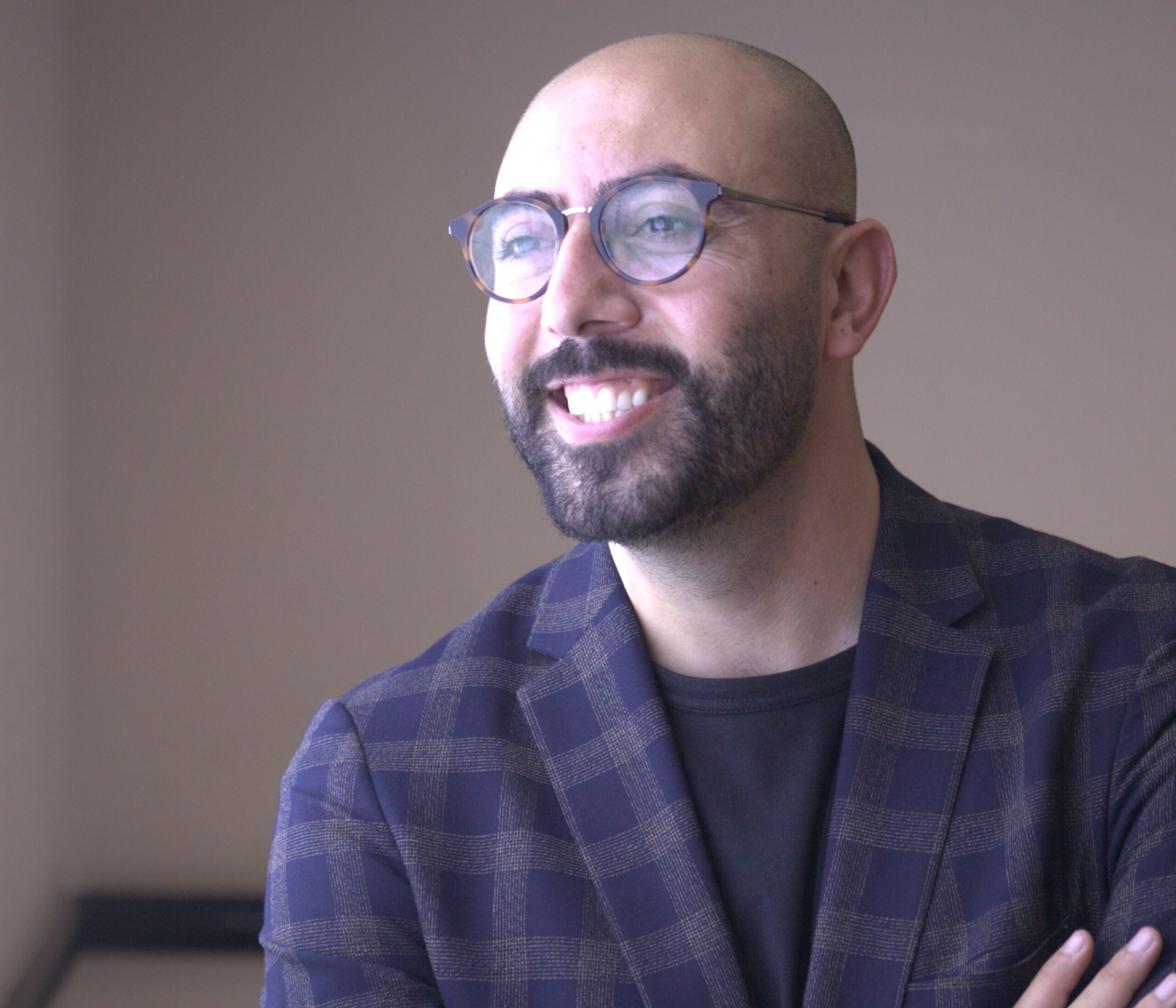Asylum applications in Denmark dropped 23 percent in 2011 compared to the previous year, despite Europe as a whole witnessing a 19 percent increase in applications over the same period.
New figures released by the UN refugee agency, UNHCR, showed that in 2011 only 3,810 individuals applied for asylum in Denmark, compared to 4,970 in 2010. The number of applications had been steadily rising over the previous four years: 1,850 in 2007; 2,360 in 2008; and 3,820 in 2009.
According to the Danish Refugee Council (DRC), the drop in applications may be attributed to Denmark’s reputation as a difficult place to be granted asylum.
“There have not been any systematic studies examining why asylum seekers choose one country over another,” the DRC’s head of asylum, Eva Singer, told Politiken newspaper. “But one part of the explanation may be found in their understanding of which countries offer their best chance of gaining asylum. We can see this with asylum seekers from Somalia, who for many years had their applications turned down in Denmark. The asylum seekers are often advised by traffickers who recommend which countries are best to travel to.”
Singer added that traffickers often advised people of their best chances of being granted asylum, and that increased knowledge of Denmark’s tightened immigration rules probably affected where people decided to apply.
Compared to Sweden, Denmark receives a much smaller number of asylum applications relative to the size of its population. Sweden’s population of 9.4 million is less than double Denmark’s 5.6 million, but their 29,650 applications is almost eight times Denmark’s 3,810.
But according to statistics from the EU’s statistics agency, Eurostat, Denmark is an easier place to be granted asylum. Some 42 percent of applicants in Denmark received a positive decision in 2010, compared to only 29.5 percent of applicants in Sweden.
Still, Denmark granted only 1,935 people asylum compared to 19,140 in Sweden, indicating that Denmark may not be shouldering enough of the burden placed on Europe by asylum seekers, especially after the recent influxes caused by the conflicts in north Africa.
This burden is being especially felt in southern European countries such as Italy, Spain and Greece, which saw a combined 87 percent rise in the number of applications between 2010 and 2011, while the Nordic countries experienced a 10 percent drop over the same period.
The disparity is all the more worrisome considering the economic troubles facing southern Europe, leading to calls for the EU to reform asylum laws and encourage countries such as Denmark to accept greater numbers. In order to do so, however, Denmark will first have to abolish its opt-out to EU directives on asylum that it was granted when it signed the Maastricht Treaty. The government has already expressed some readiness for such a move.
“The only sensibly solution is to create common European rules so it is not the geographical location of the EU countries that determines the number of asylum seekers,” Zenia Stampe from government coalition partner Radikale told Politiken. “It would create a much fairer distribution of asylum seekers, which is why the Radikale are working for common rules and ending Denmark’s opt-out to the asylum.”
In March, the European parliament approved a plan to increase financial support for member states that accept refugees and asylum seekers that have been settled in developing countries, such as Libyan refugees residing in Tunisia.
Denmark has signed up for the voluntary program, which starts in 2013. Member states will receive €6,000 per refugee in the first year of resettlement, €5,000 in the second and €4,000 in the subsequent years. The value of a refugee is currently a flat €4,000 per year.
The current Danish government expressed a commitment following September's election to reform asylum and improve the living conditions of asylum seekers while they awaited their decision. They stated, however, that they would not be changing the criteria by which they granted asylum.












